Posture Management
Developing a bamboo spine or a hunched posture over time is one of the most dreaded complication of Ankylosing Spondylitis.[1][2] Fortunately learning to manage your posture throughout the day and night can help you maintain optimal spine alignment.[3]
An important step towards managing your condition is to learn to maintain the right posture is to know what is 'neutral spine'.
Neutral spine : It is the correct alignment of the spine to the rest of your body, such that there is no stress or strain on your spinal joints, muscles and ligaments.[3]
What is Posture?
Posture relates to the position that you hold your body when standing, sitting or even sleeping.
The neutral spine has 3 curves:
-
Stand in front of the mirror and visualize the 3 curves in your spine. See your posture at a neutral position.
-
Maintaining your spine at this ‘neutral position’ throughout is the key.
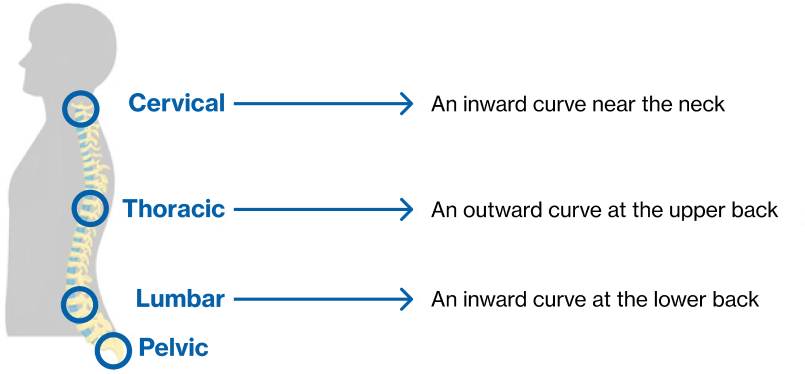
Find the right posture for every activity.
Suggested posture at work[3][4]
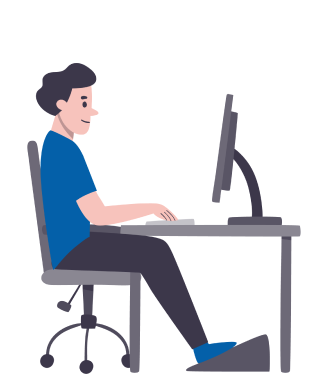
-
Adjust the height of your chair according to the height of your desk so that your feet touch the floor.
-
Keep your chin up.
-
Ensure your shoulders are relaxed and without strain (shoulders back, ribs in)
-
Take regular breaks to stretch.
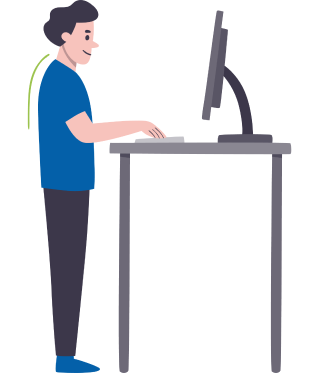
-
Adjust the height of desk so that your keyboard is right in front of you and screen is at eye level.
-
Your arms should be bent in an ‘L’ shape, elbows by your side.
-
Ensure your spine is in neutral position.
Suggested posture while sleeping[5]
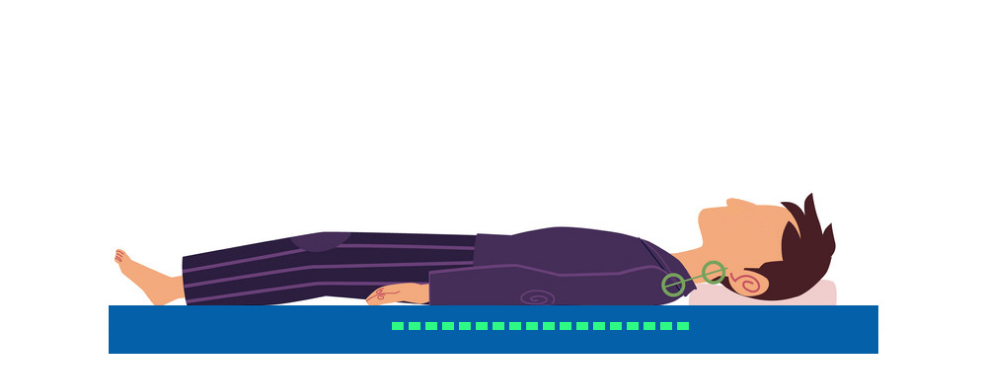
-
Avoid large pillows.
-
Avoid placing a pillow under your thighs unless it helps during a flare.
-
Use a firm mattress.
-
Sleeping on your back is the best position to maintain a neutral spine. If you are unable to sleep on your back, try to find a posture that works for you.
Suggested posture while exercising[6]
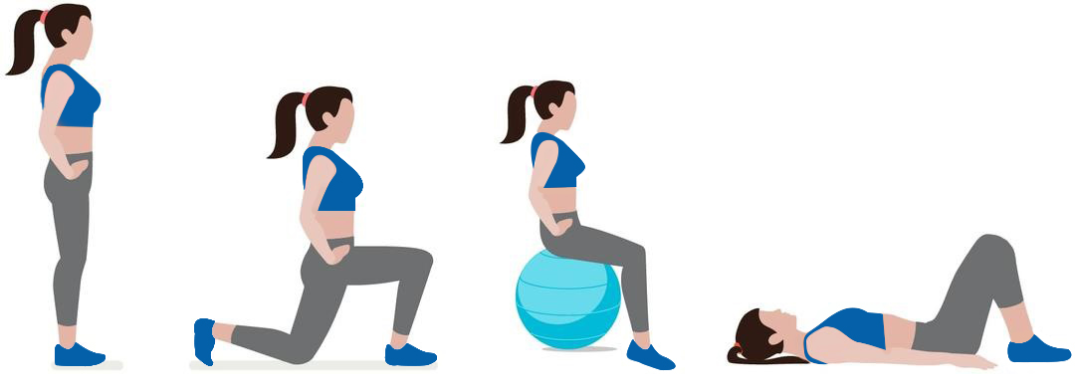
-
Pay attention to your posture while exercising.
-
Maintain neutral spine at all times.
Suggested posture while doing household chores[3]
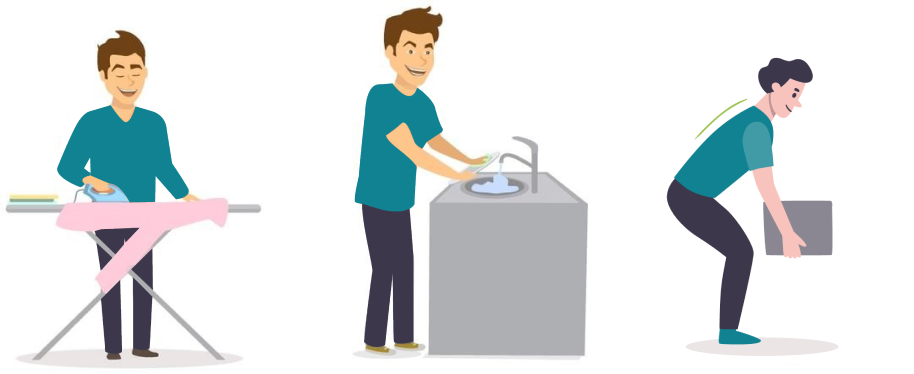
-
Ensure work surfaces are high to prevent stooping.
-
Maintain neutral spine position.
-
Bend at the knee so that your back remains straight.
Optimize your posture, maximize your movement, take control of your pain!
References
-
Spine universe. Ankylosing Spondylitis and Posture. Available [Online] at: https://www.spineuniverse.com/conditions/spinal-arthritis/ankylosing-spondylitis/ankylosing-spondylitis-posture Accessed on 20 Sep 2021
-
Sieper J, et al. Ann Rheum Dis 2002;61(Suppl III):iii8–iii18
-
Arthritis Ireland. Living with Ankylosing Spondylitis. Available [Online] at: https://www.arthritisireland.ie/Handlers/Download.ashx?IDMF=a60cb008-5014-422d-b3d1-c04405e6f1a9 Accessed on 20 Sep 2021
-
NHS. How to sit at your desk correctly. Available [Online] at: https://www.nhs.uk/live-well/healthy-body/how-to-sit-correctly/ Accessed on 20 Sep 2021
-
Arthritis health. How to Sleep Better if You Have Ankylosing Spondylitis. Available [Online] at: https://www.arthritis-health.com/blog/how-sleep-better-if-you-have-ankylosing-spondylitis Accessed on 20 Sep 2021
-
Back to Action. NAAS. Available [Online] at: https://nass.co.uk/wp-content/uploads/2018/08/Back-to-Action-low-resolution-version.pdf Accessed on 20 Sep 2021
Disclaimer: This material is not meant to replace professional advice from HCPs. Please consult your doctors/physiotherapist if you have any questions or before undertaking any physical activities.